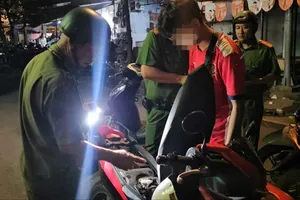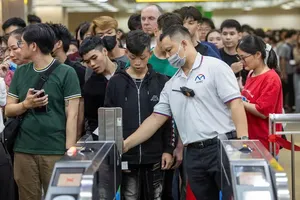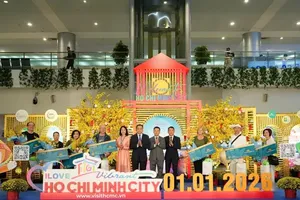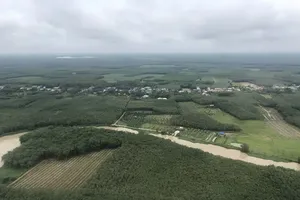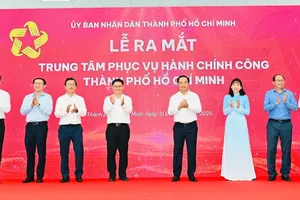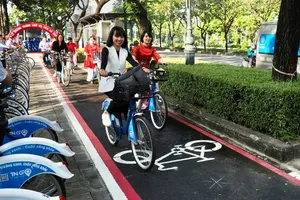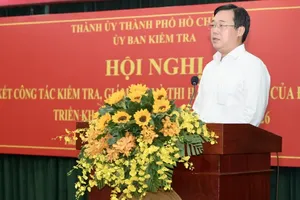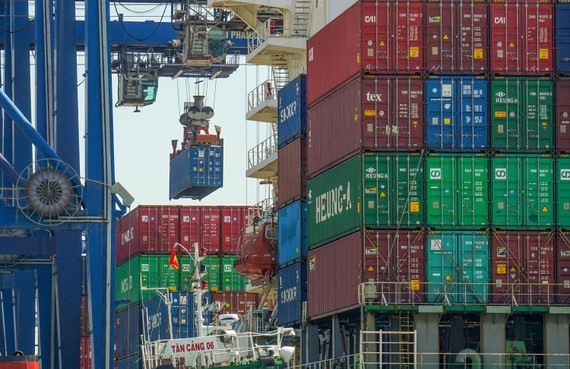 Illustrative photo
Illustrative photo
However, according to the Ministry of Transport, it is necessary to further clarify the impact of port construction on the planning and operation of seaports in the region.
According to Deputy Minister of Transport Nguyen Xuan Sang, the government should be cautious about the construction of an international transshipment port in Can Gio District. First of all, an analysis and evaluation of the influence of the construction of this port on the distribution of cargo volumes, cargo flows, and maritime transport routes of the region and the country are needed.
In particular, localities and state responsible agencies need to carefully consider the impact of the construction of a new large-scale port like Can Gio port on the seaports including HCMC’s Cat Lai, Hiep Phuoc and Cai Mep - Thi Vai in the Southern Province of Ba Ria - Vung Tau that have been invested and in the plan.
Moreover, the quantity of goods through Can Gio port also needs to be clarified. According to the report of Vietnam National Shipping Lines, the Can Gio port area will be operated with 80 percent of the transshipment volume from Singapore and 20 percent of the cargo in Vietnam. However, from the point of view of the Ministry of Transport, if the feasibility of the source of goods is not clarified and the investor does not make sure the correct exploitation of the volume of goods as in the proposed project, Can Gio port will affect negatively neighboring seaports.
In addition, Ho Chi Minh City and related agencies must make sure of the traffic connection with Can Gio port because, in reality, traffic connection plays an extremely important role in the port operation, directly affecting the efficiency of port investment. Upon the construction of Can Gio port, the information about the road bridge over the rivers, the source of capital, and the ability to mobilize investment capital for building paths connecting to the port is not clear.
Last but not least, it must wait for the Ministry of Natural Resources and Environment’s assessment of land use needs and environmental impacts on the Can Gio Mangrove World Biosphere Reserve.
According to Vietnam Maritime Corporation (VIMC), the volume of international transshipment cargo in the Can Gio port construction project is not included in the forecast scenarios in the Vietnam seaport development plan. Only about 20 percent of Vietnam's import and export goods are transported to Vietnam by the Mediterranean Shipping Company (MSC). Thus, the volume of goods passing through the port has basically almost no effect on the development plan according to the planning of Vietnam's seaports in general and the Cai Mep area in particular.
Moreover, the volume of international transshipment at Cai Mep - Thi Vai port is very small, less than 5 percent and mainly from Cambodia, because there is no international transshipment hub, the channel depth is not enough to receive ships over 10,000 Teus in addition to short wharfs while Can Gio port is expected to mainly serve for transshipment goods.
Assessing the national benefits of the Can Gio port project, VIMC said that building a world-class international container transshipment center like Singapore and Malaysia in Vietnam is an advantage for the Vietnamese economy. Furthermore, the region will have more options for new transit points. The establishment of an international transshipment port in Can Gio with a capacity of about 16-18 million TEUs also directly contributes to the state budget through taxes from loading and unloading activities of port enterprises, fees, and charges from ships entering and leaving the port.
Regarding traffic connection, according to VIMC, because more than 80 percent of container cargo is international transshipment, arriving and leaving the port entirely by sea and waterway, the problem of a road connecting to Can Gio port area is mainly for the travel of people working in the port, not for transporting goods. Currently, VIMC is calculating an investment plan for the path to the port, which is expected to connect with Rung Sac road with a length of about 11km.
The Can Gio international container transshipment port project with a total investment of about US$6 billion is being studied by VIMC and the Mediterranean Shipping Company. The Resolution on the development orientation of Can Gio District up to 2030 stated in the content of building synchronous infrastructure, creating breakthroughs in socio-economic development that attraction of investment in the construction of general and specialized seaports, international passenger ports, international transshipment container ports should be associated with supporting services at locations adjacent to Long Tau river, Saigon - Vung Tau, Cai Mep - Thi Vai, in order to form a logistics infrastructure connecting the country and the world.
Concerning the impact on the ecosystem of the Can Gio Mangrove World Biosphere Reserve, VIMC said that the project is located in the transition zone of the biosphere has had maritime activities on the Cai Mep - Thi Vai, so the formation of a new transshipment port does not affect the existing ecosystem much.
The project area is an island separate from the Can Gio biosphere, which is not located in marine conservation areas and water conservation areas, so it is completely consistent with the environmental objectives of the national strategy for the environment.

